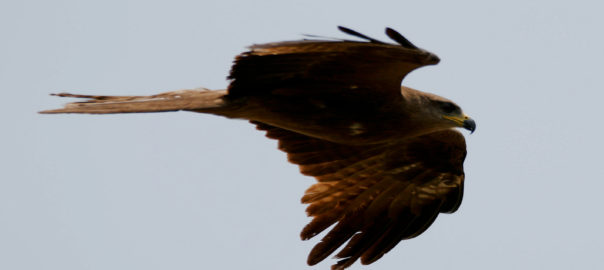
About Birds
Bird are feathered, winged two-legged, warm-blooded, egg- laying vertebrates. Modern birds are characterized by feathers, a beak with no teeth, the laying if hard- shelled eggs, a high metabolic rate, a four chambered heart, and a light weight but strong skeleton. Extant birds have more or less developed wings, the most recent species without wings was the moa, which is generally considered to have become extinct in the 16th centaury. Wings are evolved forelimbs, and most bird species can fly. Flightless birds include ratites, penguins, and diverse endemic island species. Birds also have digestive and respiratory system that are uniquely adopted for flight. Some birds, especially corvids and parrots, are among the most intelligent animal’s species, several bird species make and use tools, and many social species culturally transmit knowledge across generations.Many species annually migrate so long distances, and many more do those same shorter irregular movements. Birds are social, communicative with visual signals, calls, and songs, and participating in such social behavior as cooperative breeding and hunting, flocking and mobbing of predators. The vast majority of bird’s species are socially monogamous, usually for one breeding season at a time, sometimes for years, but rarely for life. Other species have polygynous (many Females) of rarely, polyandrous (many males) breeding systems. Eggs are usually laid in a nest and incubated by the parents. Most birds have an extended period of parental care after hatching.







